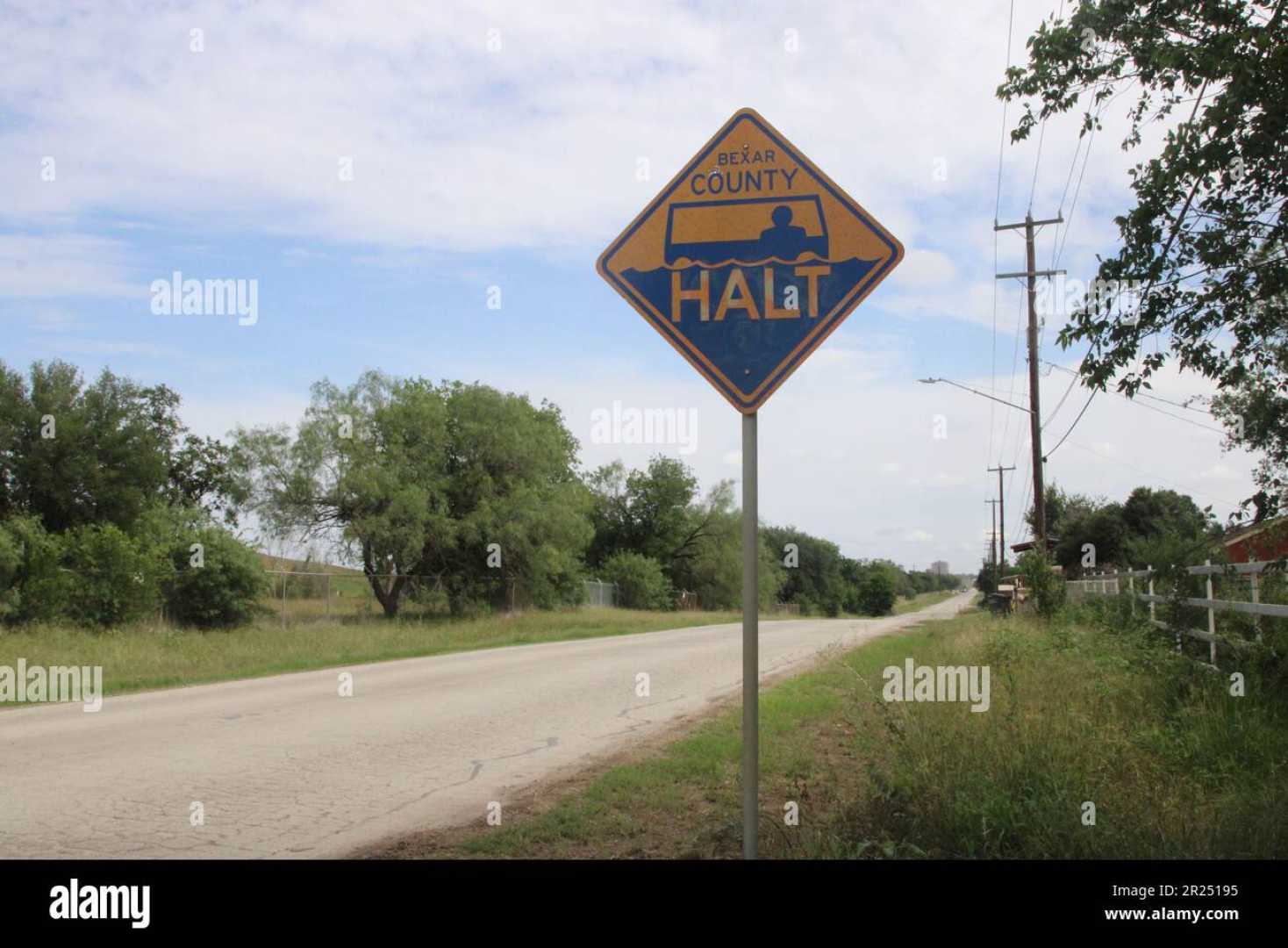News
Texas Statewide Alerts Explained: From Blue to Camo Alerts

HOUSTON — Texans are no strangers to emergency alerts, but the variety of statewide notifications can be confusing. From Blue Alerts to Camo Alerts, the Texas Department of Public Safety (DPS) coordinates a range of emergency notifications designed to keep the public informed and safe.
These alerts are disseminated through local media, road signs, social media, smart devices, and even computer screens at businesses selling Texas Lottery products. Each alert serves a specific purpose, targeting different emergencies and populations.
Blue Alerts, for instance, are issued to help apprehend individuals suspected of injuring or killing local, state, or federal law enforcement officers. Texas is one of 34 states that have implemented this system. The criteria for issuing a Blue Alert include the suspect posing a serious threat to the public and law enforcement, and sufficient descriptive information about the suspect or vehicle being available for dissemination.
The CLEAR Alert, another critical notification, bridges the gap between missing children and senior citizens. It is designed to help locate adults who may have been abducted or are in immediate danger. This alert can also be used to identify potential suspects.
For missing children, the AMBER Alert system is activated. This alert is issued for children 17 years old and younger who are believed to have been abducted. Similarly, Silver Alerts are used for missing individuals who are 65 and older or have cognitive disabilities such as Alzheimer’s Disease.
Another specialized alert is the Camo Alert, which notifies the public about missing current and former members of the United States armed forces, including the National Guard, reserve, or auxiliary units.
In response to the 2021 winter storm that caused widespread power outages, Texas lawmakers introduced the Texas Power Outage Alert. This notification informs residents when the state’s power supply is insufficient to meet demand, helping them prepare for potential blackouts.
Lastly, the Active Shooter Alert is designed to notify people in the vicinity of an active shooter situation. The FBI defines an active shooter as someone actively engaged in killing or attempting to kill people in a populated area. These alerts are typically sent to smart devices and displayed on roadside dynamic message signs.
Understanding these alerts can help Texans stay informed and take appropriate action during emergencies. For more information on how to manage these notifications, residents can adjust their browser settings or contact local authorities.












